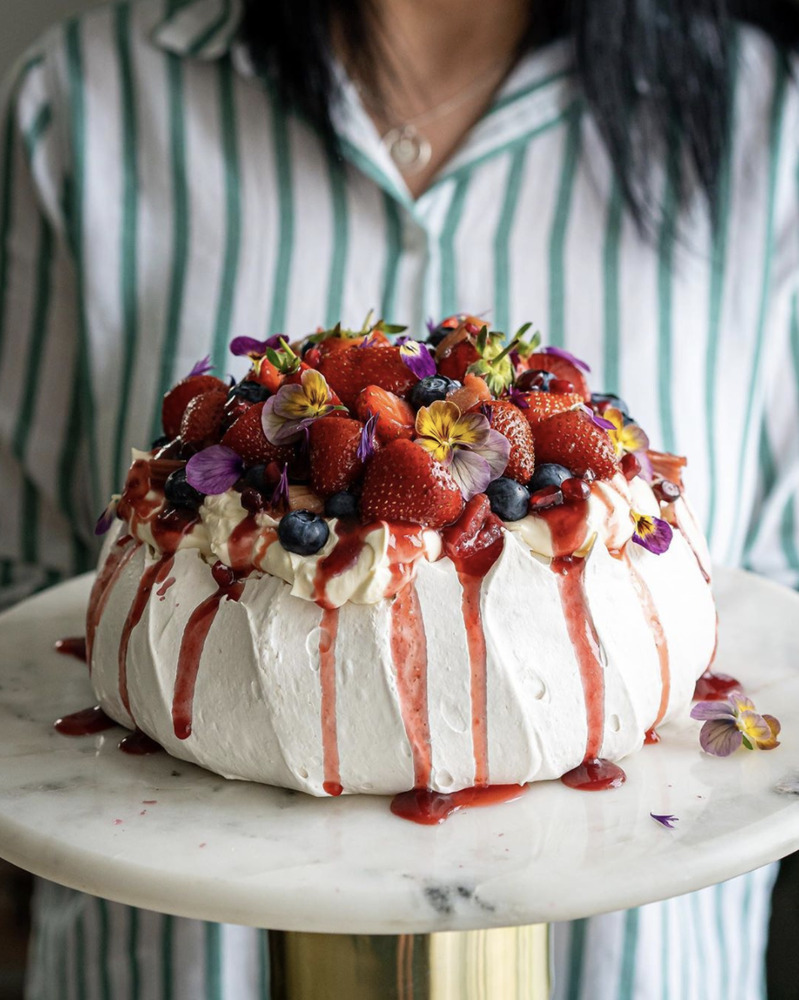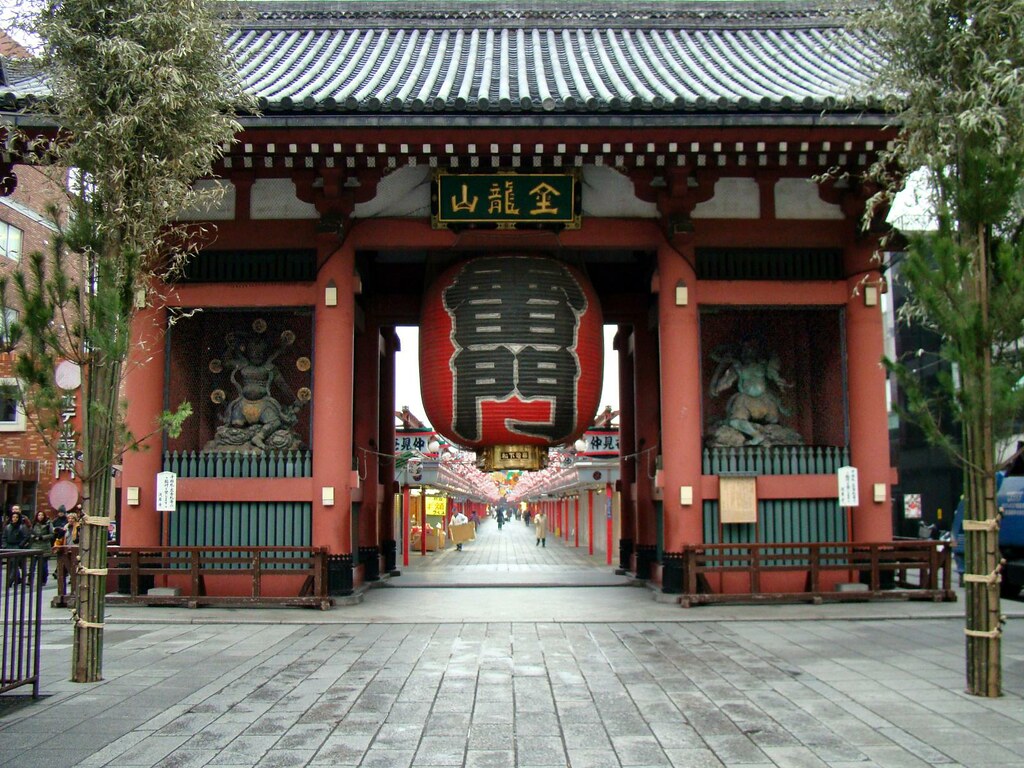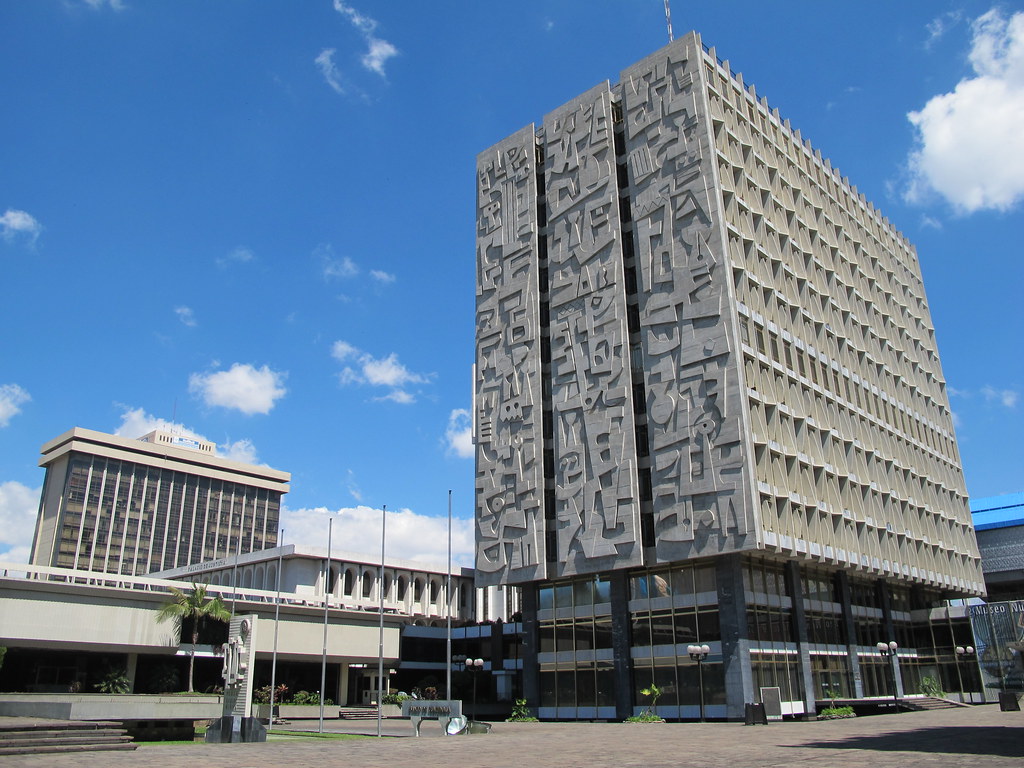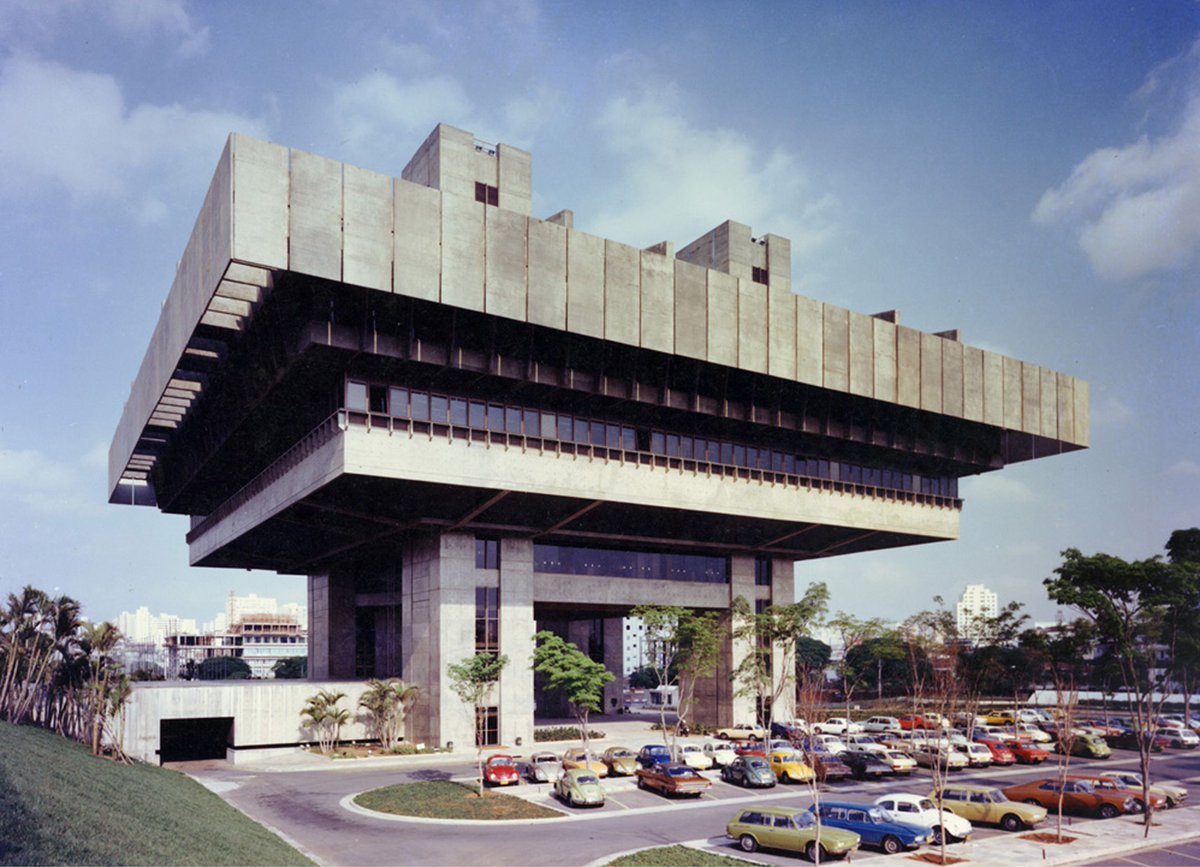
Thread. Vincent Van Gogh and Japan.
In 1888, Vincent van Gogh left Paris, where he had been living for a couple of years, and moved to Arles in Provence, in southern France.
In 1888, Vincent van Gogh left Paris, where he had been living for a couple of years, and moved to Arles in Provence, in southern France.

Exhausted by his time in the metropolis, and eager to recover some self-composure, Van Gogh was seeking a simpler life that, he hoped, would revitalise both himself and his art.
He was also keen to establish a community of artists, and felt happy by the possibilities.
He was also keen to establish a community of artists, and felt happy by the possibilities.
Interestingly, Van Gogh viewed his new surroundings through the prism of a new country: Japan.
Van Gogh loved Japan.
In a letter written later that year to the painter Paul Gauguin, who would later join him in Arles, Van Gogh recalled looking out of the window during his train journey from Paris to Provence “to see ‘if it was like Japan yet!’
In a letter written later that year to the painter Paul Gauguin, who would later join him in Arles, Van Gogh recalled looking out of the window during his train journey from Paris to Provence “to see ‘if it was like Japan yet!’
"And we wouldn’t be able to study Japanese art, it seems to me, without becoming much happier and more cheerful, and it makes us return to nature, despite our education and our work in a world of convention."
Van Gogh to his brother Theo, 23/24 September 1888
Van Gogh to his brother Theo, 23/24 September 1888
There was huge admiration for all Japanese stuff in the late 19th century. But Van Gogh, did not pay much attention to this japonisme at first.
But when he discovered the impact Oriental art was having on the West, when he decided to modernise his own art.
But when he discovered the impact Oriental art was having on the West, when he decided to modernise his own art.
So Van Gogh bought his first stack of Japanese woodcuts in Antwerp and pinned them to the wall of his room. He described the city to his brother with these exotic images in mind. 

"My studio’s quite tolerable, mainly because I’ve pinned a set of Japanese prints on the walls that I find very diverting. You know, those little female figures in gardens or on the shore, horsemen, flowers, gnarled thorn branches."
Van Gogh to his brother Theo from Antwerp,1885
Van Gogh to his brother Theo from Antwerp,1885
At the moment, art historians don’t know exactly how big Van Gogh’s collection was at the time. He refers to ‘hundreds’ of prints in his letters.
"Japanese art is something like the primitives, like the Greeks, like our old Dutchmen, Rembrandt, Potter, Hals, Vermeer, Ostade, Ruisdael. It doesn’t end."
Van Gogh to Theo from Arles, 15 July 1888
Van Gogh to Theo from Arles, 15 July 1888
Japanese painters' spatial effect and colour heavily affected Van Gogh's work.
He liked the unusual spatial effects, the expanses of strong colour, the everyday objects and the attention to details from nature.
He liked the unusual spatial effects, the expanses of strong colour, the everyday objects and the attention to details from nature.
Van Gogh did more than simply copy Japanese prints.
He was influenced in part by his artist friend Émile Bernard, who developed new ideas about the direction of modern art. Bernard basically used big areas of simple colours and bold outlines.
He was influenced in part by his artist friend Émile Bernard, who developed new ideas about the direction of modern art. Bernard basically used big areas of simple colours and bold outlines.

Van Gogh hoped to found an artists’ community in Arles along the lines of Japanese Buddhist monks, who lived in similar groups.
In the end, only Paul Gauguin came. Gauguin painted from the imagination and encouraged Van Gogh to work in a more stylised way too.
In the end, only Paul Gauguin came. Gauguin painted from the imagination and encouraged Van Gogh to work in a more stylised way too.

Unfortunately, Van Gogh and Gauguin disagreed too often and Gauguin returned to Paris after a few months.
Van Gogh also started to show the first signs of mental illness. He was admitted to hospital and later to a psychological clinic, and he lost faith in his own ability.
Van Gogh also started to show the first signs of mental illness. He was admitted to hospital and later to a psychological clinic, and he lost faith in his own ability.
After Gauguin's exodus to France, Van Gogh referred less and less frequently in his letters to Japanese printmaking.
However, Japanese prints gave him the example he needed to modernise.
"All my work is based to some extent on Japanese art..."
Van Gogh to his brother Theo
However, Japanese prints gave him the example he needed to modernise.
"All my work is based to some extent on Japanese art..."
Van Gogh to his brother Theo

Of course, Van Gogh was not the only person obsessed with Japan during the 19th century.
French novelist Emile Zola observed that any artist worth his salt studied Japanese prints, “which everyone has nowadays”.
French novelist Emile Zola observed that any artist worth his salt studied Japanese prints, “which everyone has nowadays”.
Indeed, some artists, including Claude Monet and James McNeill Whistler, had been collecting so-called ‘ukiyo-e’ (pictures of the floating world) prints for years.
By 1872, the French term ‘Japonisme’ had been coined, to describe the influence of Japanese art and design on Western culture, especially the visual arts.
So from artistic point, Van Gogh was late to the ‘Japonisme’ wave.
So from artistic point, Van Gogh was late to the ‘Japonisme’ wave.
Japanese artist Hiroshige's Plum Park in Kameido (1857) was one of paintings which strongly influenced Van Gogh. 

Katsushika Hokusai was one of two Japanese artists directly mentioned by Van Gogh: his most well-known work is Under the Wave of Kanagawa, 1829-1833 

Left: Sudden Shower over Shin-Ōhashi bridge and Atake (1857) by Hiroshige
Right: The Bridge in the Rain (after Hiroshige) (1887) by Vincent van Gogh

Right: The Bridge in the Rain (after Hiroshige) (1887) by Vincent van Gogh


Japonaiserie (English: Japanesery) was the term used by Van Gogh to express the influence of Japanese art on his works.
• • •
Missing some Tweet in this thread? You can try to
force a refresh













